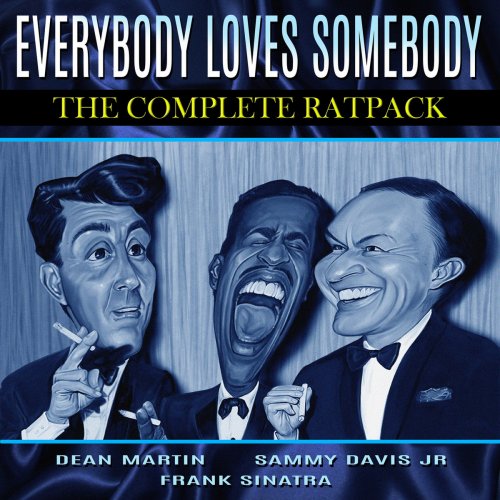Charlotte Greig - Quite Silent (2005)

Artist: Charlotte Greig
Title: Quite Silent
Year Of Release: 2005
Label: Harmonium: HM208
Genre: Folk
Quality: FLAC (tracks+.cue,log)
Total Time: 54:45
Total Size: 252 mb
WebSite: Album Preview
Tracklist:Title: Quite Silent
Year Of Release: 2005
Label: Harmonium: HM208
Genre: Folk
Quality: FLAC (tracks+.cue,log)
Total Time: 54:45
Total Size: 252 mb
WebSite: Album Preview
1 Under the Leaves 3:05
2 Bury Me Here 6:21
3 Go From My Window 3:01
4 I Wish, I Wish 6:16
5 Makeless 4:43
6 On a Virgin Plain 3:52
7 The Garden at Dawn 4:33
8 The Generous Lover 3:41
9 Rosemary Lane 5:29
10 The Lark in the Morn 2:59
11 Blowing Wild 3:03
12 All Things Are Quite Silent 2:57
13 Innisfree 3:45
Welsh folk singer Charlotte Greig's debut album, recorded in collaboration with fellow singer and multi-instrumentalist Julian Hayman, has a wonderfully evocative title. More to the point, it lives up to it -- Quite Silent is the very definition of elegantly calm and reflective performing, of folk not as spirited rave-up or winsome frolicking in the fields but as night-time stillness and reflection. Consisting of a mix of originals and traditional songs arranged by the two performers, plus a concluding adaptation of a W.B. Yeats poem, Quite Silent starts with its loudest song in ways, with "Under the Leaves" showing Greig's deft way with medieval folk arrangements and singing, with her harmonium part adding a further haunting air to the song. From there the baker's dozen of songs that make up the release make their steady, captivating way, many of the song titles alone suggesting the feeling at play: "Bury Me Here," "On a Virgin Plain," "The Lark in the Morn." The longer interpretations often favor Greig's approach, allowing both her and Hayman to play out the arrangements as slow-evolving musical mantras, circular and ritualistic. While Hayman concentrates on the string instruments such as guitar and mandolin, Greig's melodies and shading on both harmonium and melodica gives the songs a different-than-expected focus, adding to the preternatural hush of the album as a whole. As the album continues further, everything feels even more stretched out, calm and mysterious -- without aiming at tags like "freak folk," Greig ends up creating an album as unsettled and involving as the best in that putative genre. In ways the most dramatic moment throughout is literally the quietest -- "The Garden at Dawn," a recording of just that, which splits the album into two halves (or even as the CD lists it, sides) of six songs each.
![Sibel Köse Septet - In Good Company (2025) [Hi-Res] Sibel Köse Septet - In Good Company (2025) [Hi-Res]](https://www.dibpic.com/uploads/posts/2025-12/1765846644_uizwujac4ht2d_600.jpg)
![Zbigniew Namyslowski Modern Jazz Quartet - Lola (Remastered 2025) (2025) [Hi-Res] Zbigniew Namyslowski Modern Jazz Quartet - Lola (Remastered 2025) (2025) [Hi-Res]](https://www.dibpic.com/uploads/posts/2025-12/1765509687_cover.jpg)






